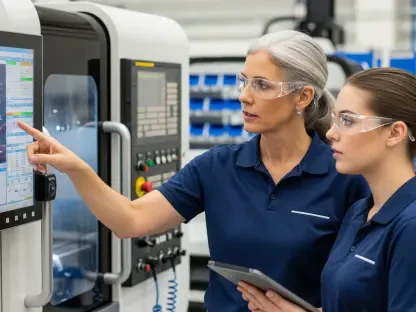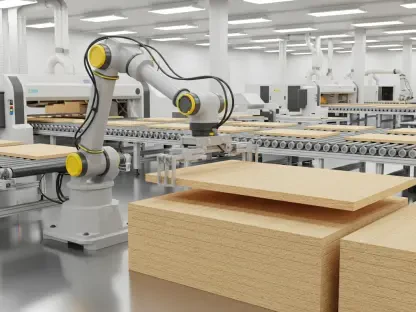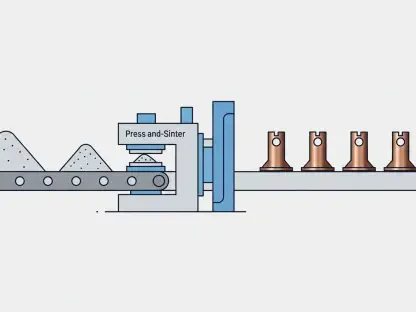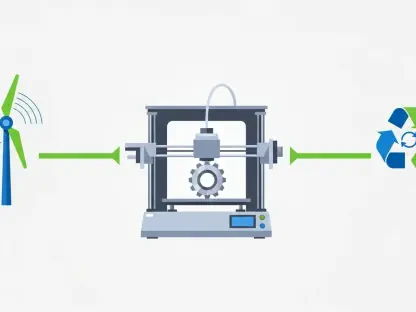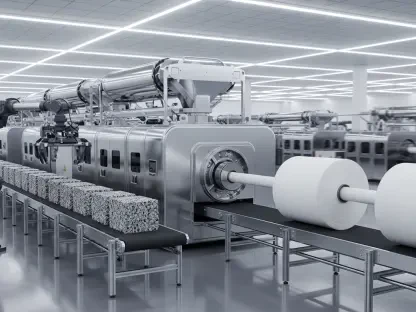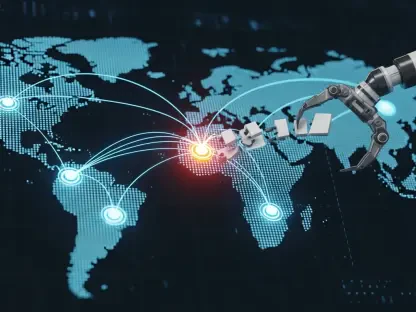Tesla’s much-anticipated launch of driverless taxis in Austin, Texas, has become a subject of intense scrutiny as federal safety regulators delve into the implications of autonomous vehicles on public roads. This investigation, led by the National Highway Traffic Safety Administration (NHTSA), was prompted by incidents linked to Tesla’s driver-assistance software. Particularly, the NHTSA seeks clarity on how these taxis will handle adverse conditions, such as fog and sun glare. This comes as part of a broader examination into 2.4 million Tesla cars, initiated by a tragic event involving a pedestrian. The inquiry reveals a complex intersection of advancing technology and regulatory oversight, demonstrating the rigorous challenges inherent in launching autonomous fleets.
Regulatory Oversight and Technological Challenges
Federal Inquiry and Execution Plans
The federal inquiry surfaced amid growing safety concerns, placing Tesla at the center of discussions about the readiness and reliability of driverless technology. The NHTSA has pressed Tesla for detailed descriptions of how driverless taxis will manage difficult environmental conditions. Understanding ways to mitigate risks like poor visibility and obstacles is crucial for gaining public trust and regulatory approval. Tesla has been given a deadline to provide comprehensive operational plans, including deployment strategy, monitoring systems, and safety protocols to address such situations. Given the agency’s authority, it could enforce recalls based on its findings. While pre-approval isn’t within the NHTSA’s purview, its analysis holds significant sway over the project’s future trajectory, balancing progression with caution.
Financial Implications and Strategic Importance
Financially, the stakes are high for Tesla, as successfully deploying driverless taxis in Austin could lead to remarkable gains. A streamlined launch is critical not only for Tesla’s market standing but also for investor confidence, following fluctuating stock prices amid the turbulent backdrop of Elon Musk’s political controversies and the company’s fluctuating workforce dynamics. The Austin pilot stands as a potential key catalyst for Tesla’s future, poised to significantly enhance the company’s valuation if successful. As Musk confidently predicts the deployment of millions more robotaxis nationwide by year-end, the Austin rollout serves as both a testing ground and a potential model for larger-scale implementation. It symbolizes a pivotal moment that could redefine Tesla’s market position and fuel broader advancements in autonomous driving technology.
Navigating the Regulatory Maze
Safety and Operational Measures
Tesla faces the challenge of elucidating how these autonomous vehicles will ensure passenger and public safety, a task requiring robust technological insights that address complex real-world scenarios. The focus is heavily on operational mechanics, where the emphasis lies on how the technology senses, processes, and responds to dynamic road conditions. In detailing monitoring systems, Tesla aims to demonstrate consistent performance across varied environments. Ensuring safety and reliability within these vehicles serves as a testament to Tesla’s commitment to innovation amid regulatory scrutiny. As they navigate this intricate landscape, Tesla’s responses will shape the narrative around driverless cars and their capacity to blend seamlessly into existing infrastructure, providing a viable alternative to traditional urban transportation.
Balancing Innovation and Compliance
As Tesla progresses with its nationwide expansion, it must continually reconcile the intrinsic tension between innovation and regulatory compliance. Although regulatory frameworks are designed to prioritize safety, they often lag behind technological advancements. Thus, while Tesla’s ambitions might be constrained by such oversight, they also motivate the development of more reliable systems. By surmounting regulatory hurdles, Tesla not only adheres to compliance standards but also enhances its technological offerings. This dual focus ensures the legacy of autonomous innovations is not marred by preventable mishaps and that Tesla’s pursuits in driverless technology contribute constructively to broader industry advancements and public safety initiatives. Whether overcoming regulatory obstacles or pioneering unseen technological horizons, Tesla’s pursuit is undeniably shaping the autonomous future.
Looking Ahead: The Role of Autonomous Vehicles
Tesla’s eagerly awaited debut of driverless taxis in Austin, Texas, has sparked significant attention as federal safety regulators closely examine the ramifications of autonomous vehicles on public roads. Spearheaded by the National Highway Traffic Safety Administration (NHTSA), this investigation was triggered by numerous incidents linked to Tesla’s driver-assistance technology. The NHTSA is focusing specifically on how these autonomous taxis will manage challenging weather conditions like fog and sun glare. This analysis is part of a more extensive probe into 2.4 million Tesla vehicles, initiated following a tragic incident involving a pedestrian. This inquiry underscores the intricate balance between technological advancement and regulatory scrutiny, revealing the formidable challenges faced when deploying autonomous vehicle fleets. As such, the process illustrates the intersection of cutting-edge innovation and safety considerations, as regulators work to ensure public safety in this rapidly evolving field.


